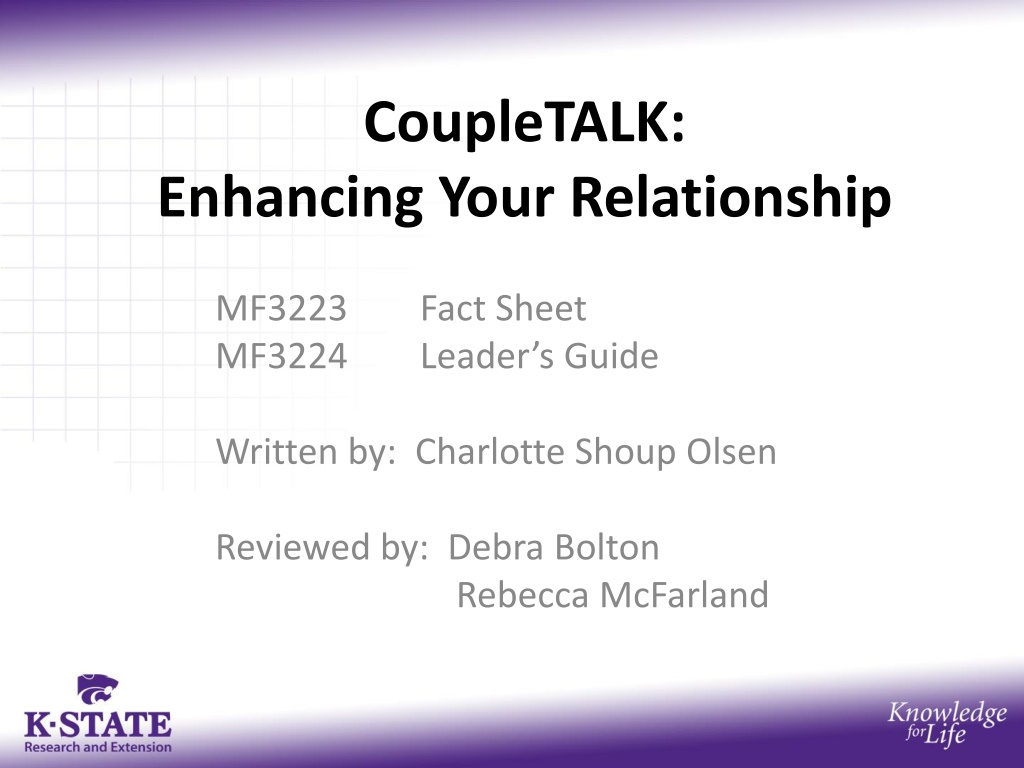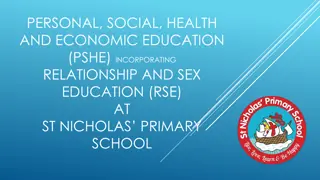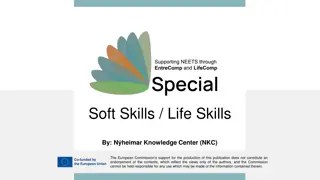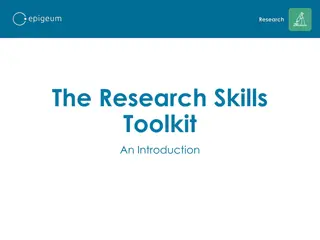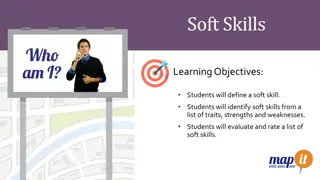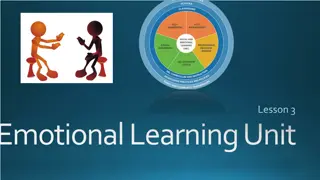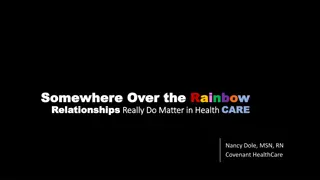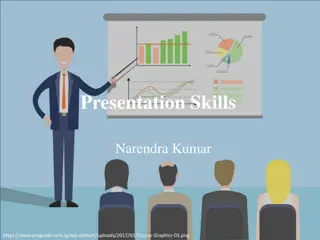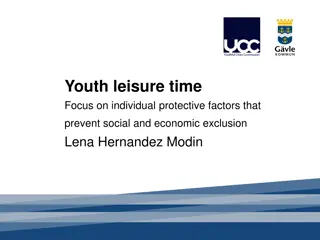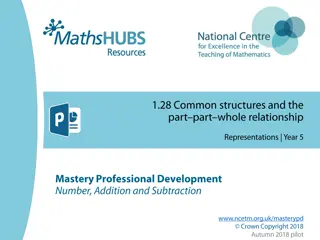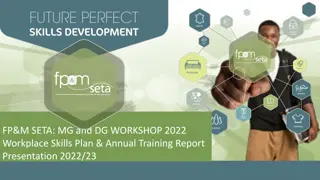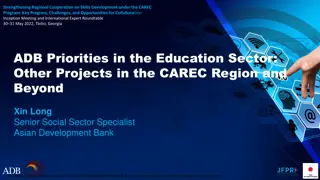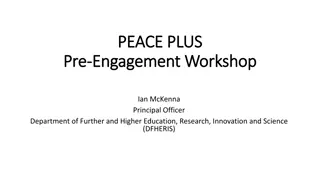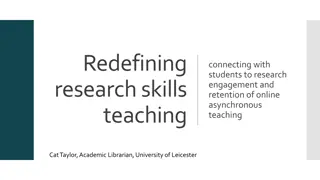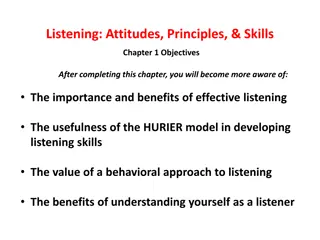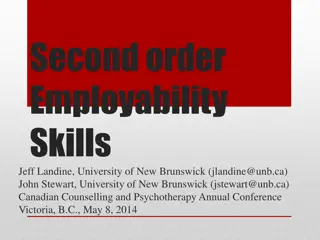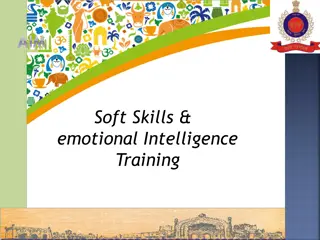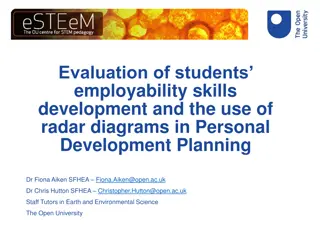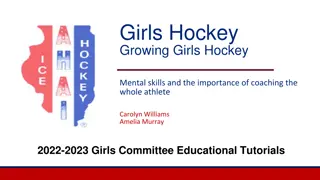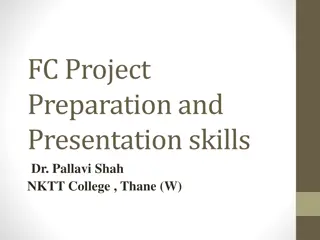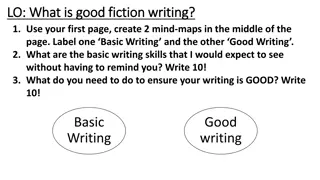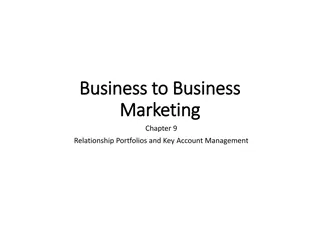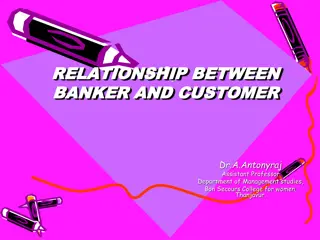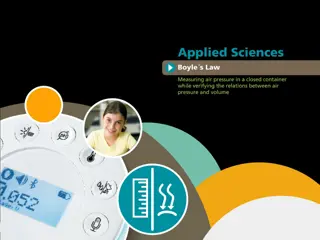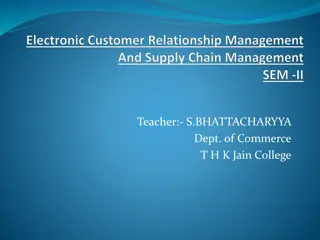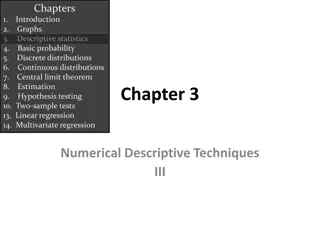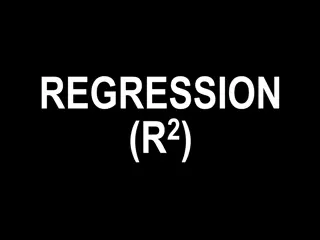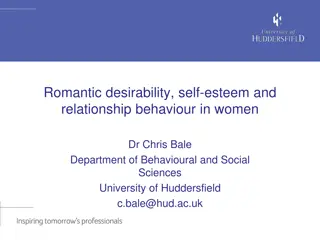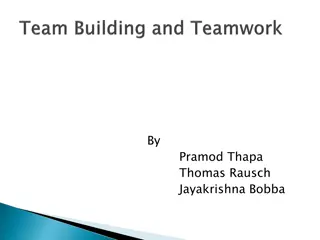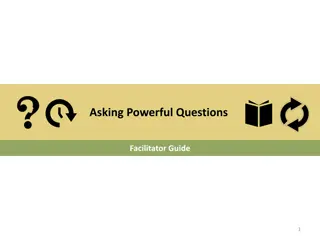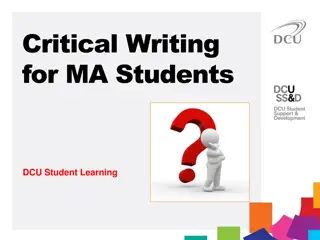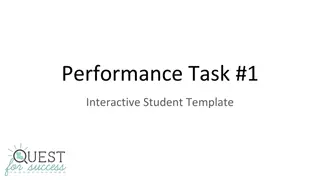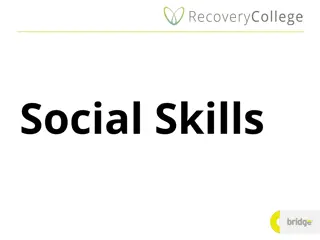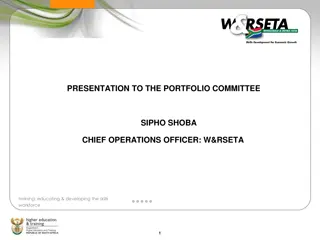Enhancing Relationship Skills: A Comprehensive Guide
This guide explores the essential components of a healthy relationship, emphasizing the importance of intentional choices, self-care, communication, and understanding differences. It offers practical tips for building strong relationships, managing conflicts, and fostering a sense of togetherness. The material covers valuable lessons on friendship, conflict resolution, and community engagement, providing a holistic approach to enhancing relationship dynamics.
Uploaded on Oct 02, 2024 | 0 Views
Download Presentation

Please find below an Image/Link to download the presentation.
The content on the website is provided AS IS for your information and personal use only. It may not be sold, licensed, or shared on other websites without obtaining consent from the author. Download presentation by click this link. If you encounter any issues during the download, it is possible that the publisher has removed the file from their server.
E N D
Presentation Transcript
CoupleTALK: Enhancing Your Relationship MF3223 MF3224 Fact Sheet Leader s Guide Written by: Charlotte Shoup Olsen Reviewed by: Debra Bolton Rebecca McFarland
The Big 7What do they mean? Choose Making intentional relationship choices Care for Self Maintaining physical, sexual, emotional and spiritual wellness Connect Engaging in a positive social network of support Know Maintaining knowledge of your partner s world Manage Dealing with differences in healthy ways Care Using nurturing, caring and affectionate behaviors Share Developing and maintaining a couple identity
Lesson Concepts The Power of Friendship The Power of Turning Toward Each Other The Power of Managing Differences in Ways that Protect the Relationship Helping Others in the Community Build Strong Relationships
KSRE Bookstore http://www.bookstore.ksre.ksu.edu/pubs/MF32 23.pdf http://www.bookstore.ksre.ksu.edu/pubs/MF32 24.pdf
What are the Professional Requirements for Delivering This Lesson? Understand your audience. Spend time with them to understand their belief systems, hopes, dreams . Understand how to build community collaborations for program delivery. Understand your view of adult learners. Understand importance of program location. Understand the content backwards and forwards. Understand how to facilitate. Understand how to evaluate for catching program impact.
Basics of Facilitation David Procter KSU Center for Engagement and Community Development Open and set the tone. Build understanding and trust. Ask meaningful and thoughtful questions. Use short, simple, & open-ended questions. Allow participants to do the work. Avoid questions with yes/no responses. What ? Where ..? How .? Avoid: Why .?
More on Basics of Facilitation Use wait time appropriately to give participants time to reflect and to decide if they want to express additional thoughts-increases participant participation. Five seconds with no feedback just be relaxed yet attentive. Useful if group is confused, agitated: Let s take a moment to reflect about what this means to each of us.
Reminders about Group Process Establish ground rules. Manage group interaction throughout the session. Encourage everyone to contribute, but don t push. Listen attentively. Give boundary reminders if inappropriate disclosure of personal information. Be prepared to handle emotionally charged responses/interactions. (e.g., you seem frustrated right now that must be difficult this must be really important to you, etc.) May be the time to shift discussion to the issue in general to help participant have closure. Know how to make referrals if inappropriate for participant to continue (e.g., domestic violence, addiction, etc.)
What are cues we can overlook (especially when we are mad)? Shadow of a smile in midst of tears Momentary crinkle of the eyes Tilt of the head Inquiring eyes Small utterance
The Power of Starting With Your Heart Perhaps it will help you have more patience and compassion.
The Power of Starting Softly How a conversation starts is likely to be how it ends.
The Power of Calming Yourself Take a time out for 20 minutes Clear your mind Try to think good thoughts about the other person Do what works for you Set a time to talk again Can work like emotional first aid
